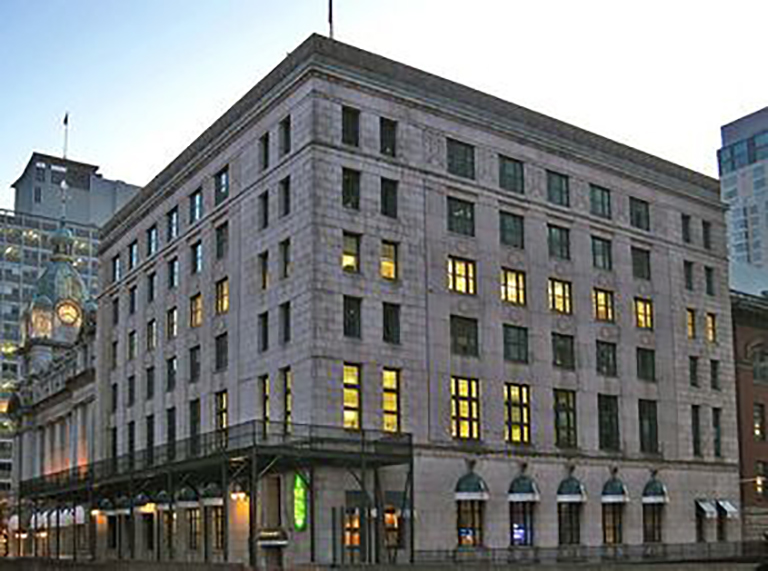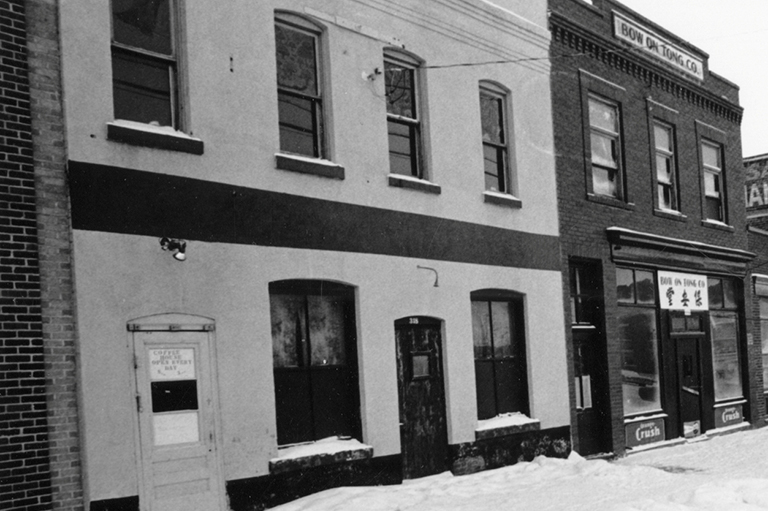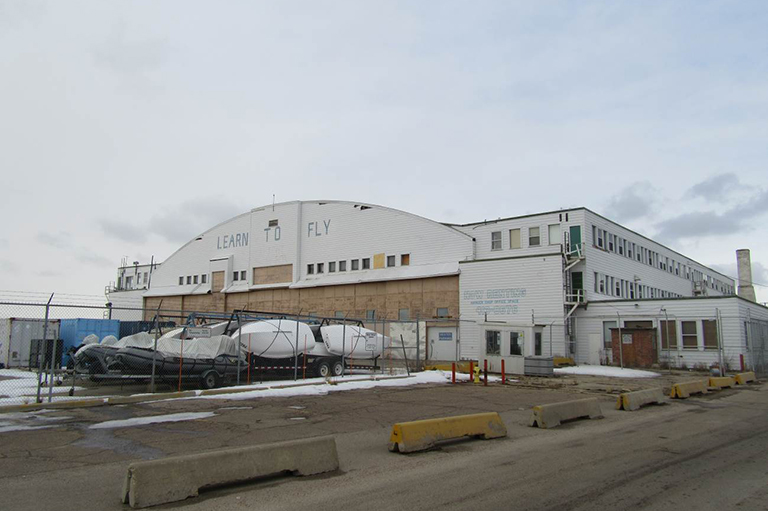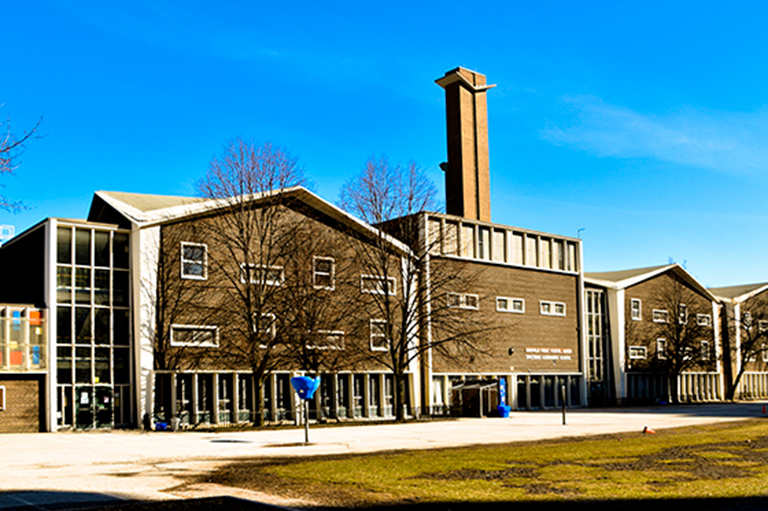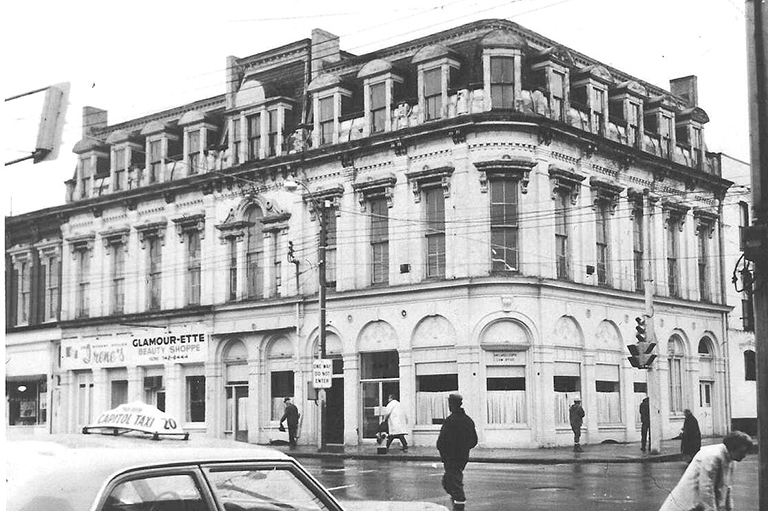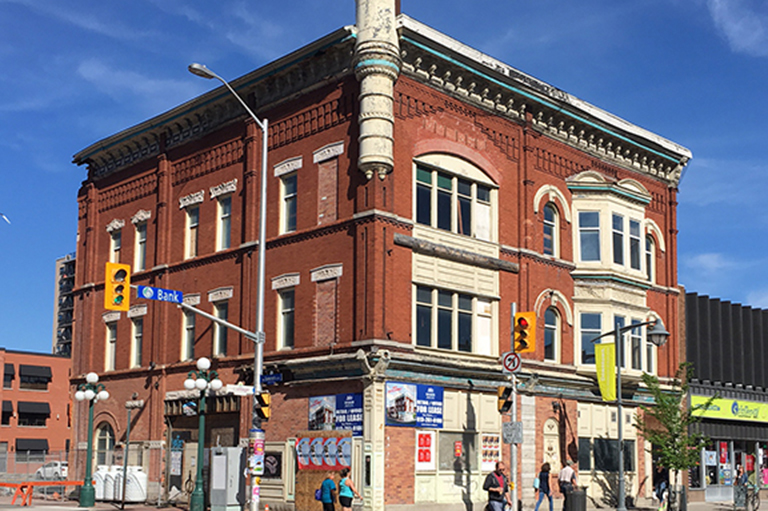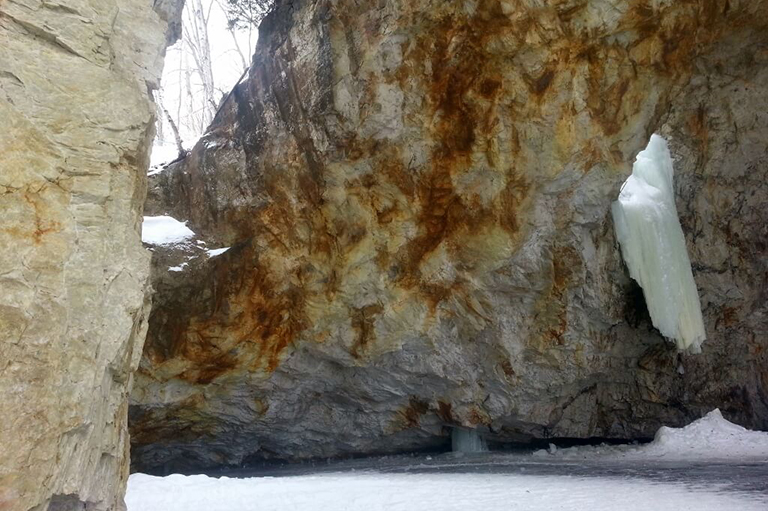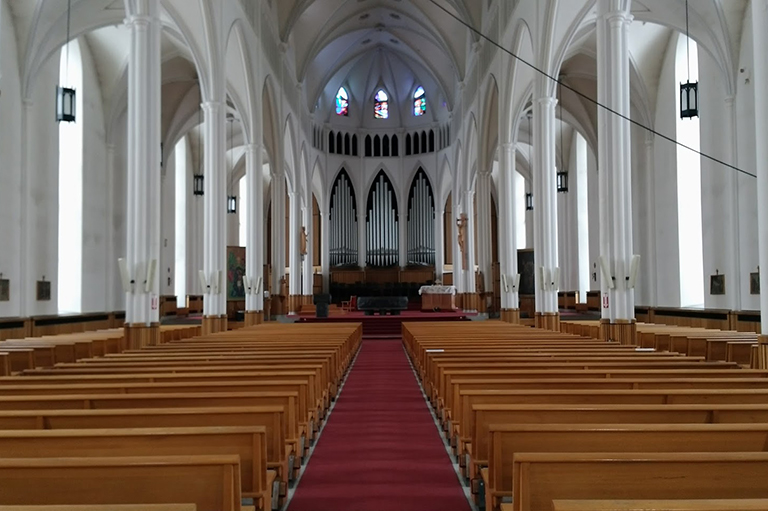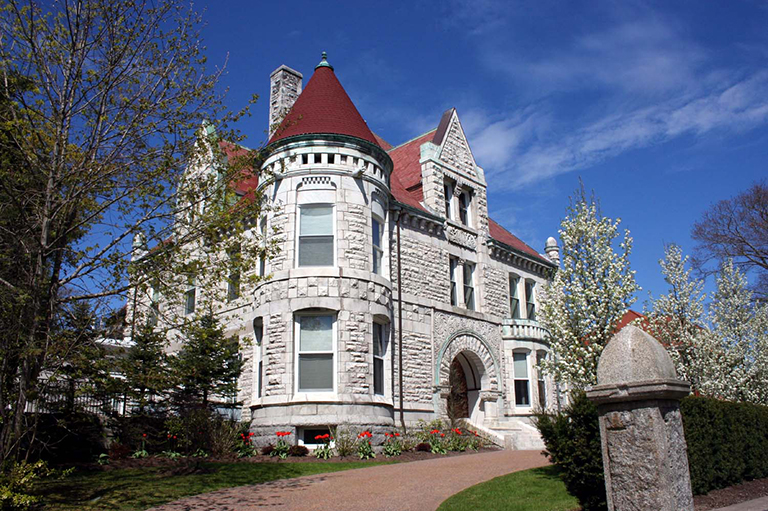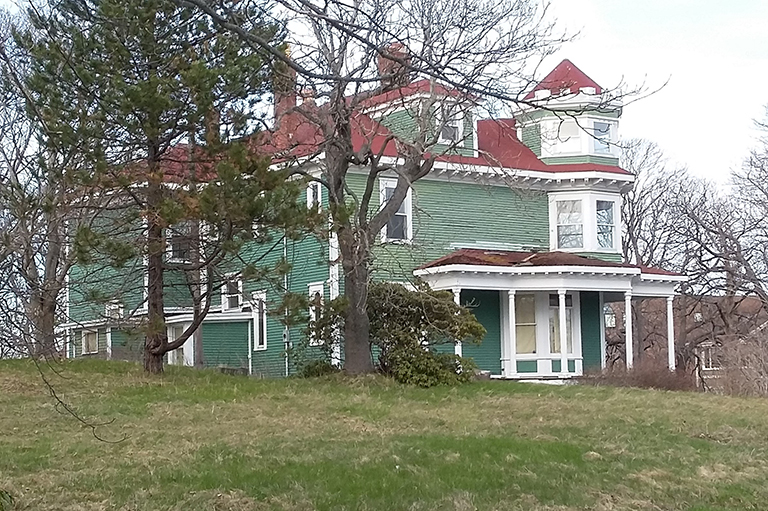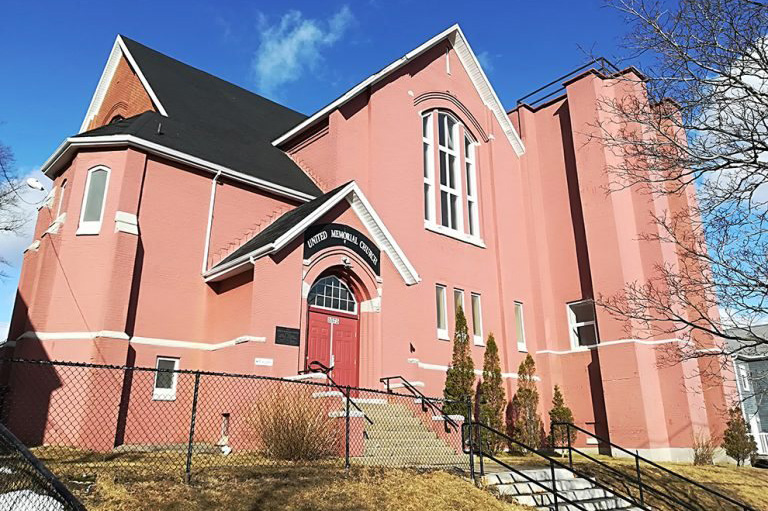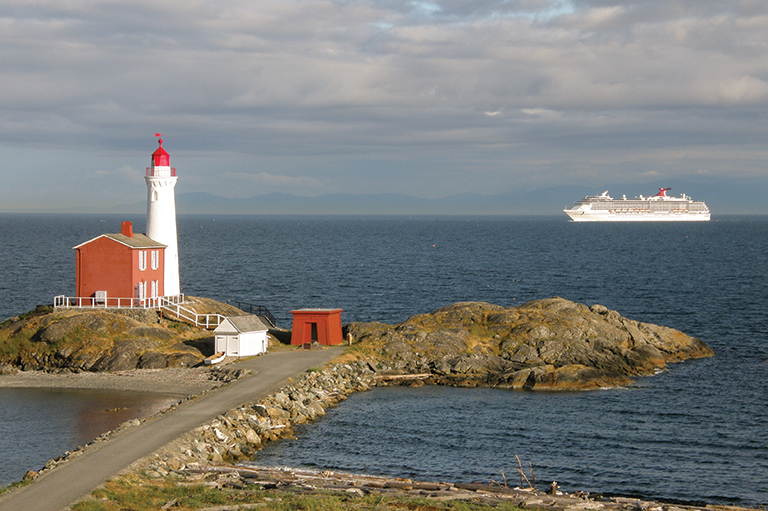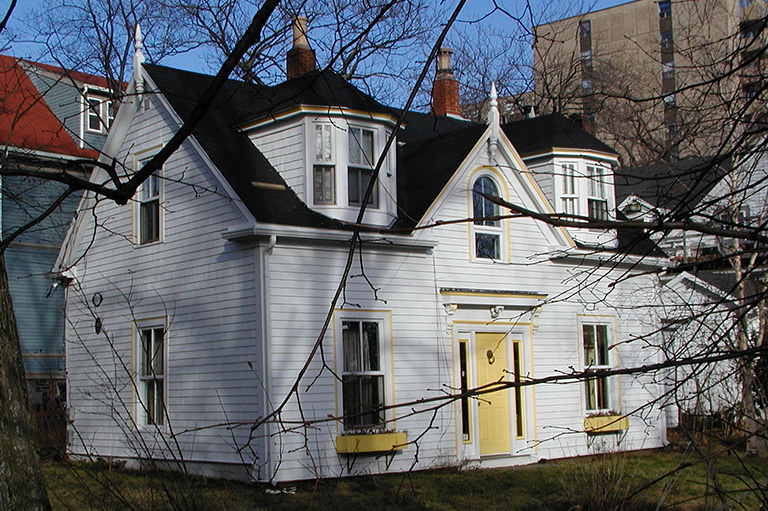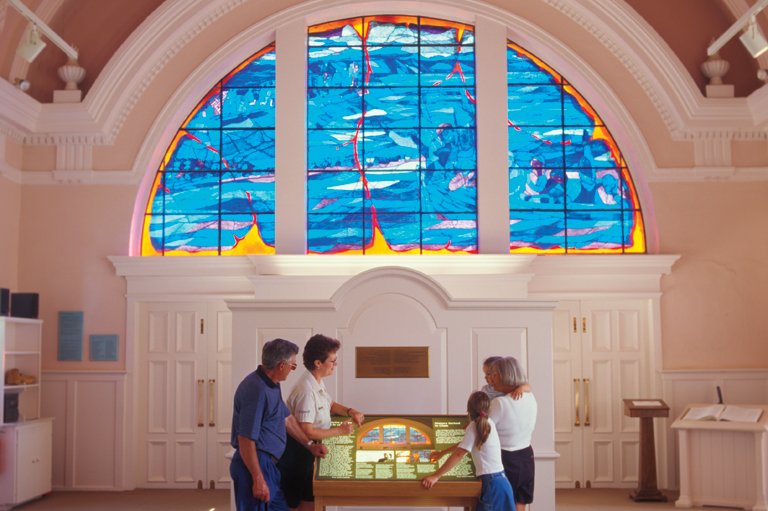Sinclair Centre
Location
Vancouver, British Columbia
Why it matters
The Sinclair Centre is a downtown complex of four conjoined buildings – the former Main Post Office (1910), the R.V. Winch Building (1911), the Customs Examining Warehouse (1913) and the Post Office Extension Building (1936) – encompassing an entire city block in downtown Vancouver. These buildings have been a focal point for federal government services for over a century. In 1986, the federal government invested $38 million to create the Sinclair Centre by rehabilitating the four buildings and connecting them with an atrium space and galleria walkways. All but the Post Office Extension are designated federal heritage buildings. The Centre buildings are also listed on the City of Vancouver’s Heritage Register and identified as prominent and highly valued heritage buildings.
Why it’s endangered
In 2015 the federal government sent a rezoning enquiry to Vancouver City Council asking it to consider dramatically increasing the current density on the Sinclair Centre site. The federal proposal could include an office tower of up to 29 storeys (the Centre is currently 7 storeys), almost tripling the current office space. A staff planning report to Council on the rezoning request said that, “A significant addition of office space to the Sinclair Centre could result in the loss of portions or all of one or two of the heritage buildings on the site.”
The development plans for the Sinclair Centre underscore the lack of protection of federal heritage buildings. Canada is the only G-8 country without laws to protect historic places owned by its national government. The existing Federal Heritage Building Policy (FHBRO) of 1982 is not binding on federal departments and is not enforced. In 2003, the Auditor General of Canada assessed heritage protection practices within several departments and reported that federal built heritage “will be lost to future generations unless action to protect it is taken soon.”
Themes associated with this article
Advertisement


